POSTED
August 11, 2023
5 Factors that Affect Solar Farm Rate of Return
Are you considering investing in solar energy through a utility-scale plant or development fund? In that case, you may wonder what factors will affect the rate of return you get from your solar farm investment. Look no further–in this blog post we are talking through five of the main things that will impact the Rate […]
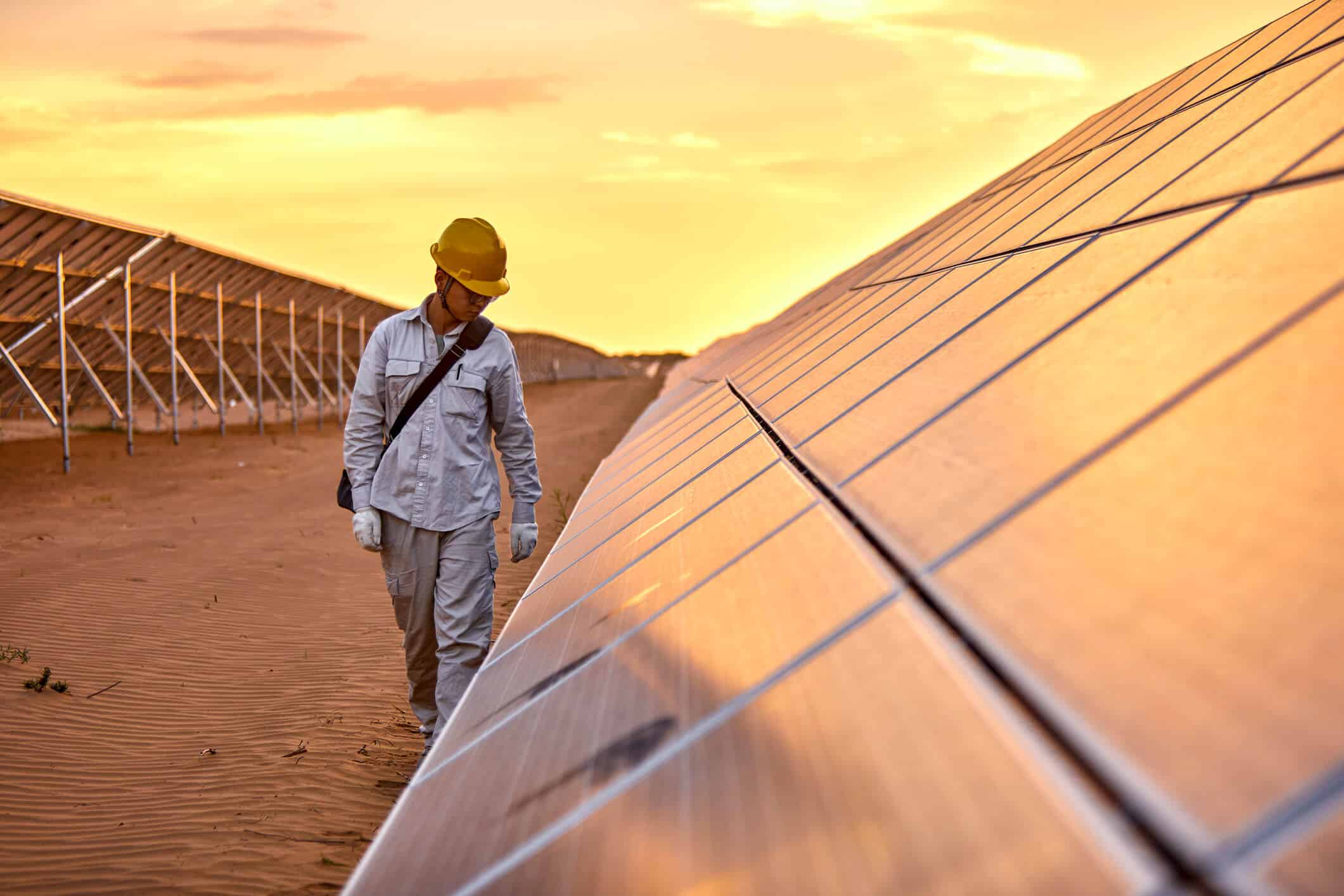
Are you considering investing in solar energy through a utility-scale plant or development fund? In that case, you may wonder what factors will affect the rate of return you get from your solar farm investment.
Look no further–in this blog post we are talking through five of the main things that will impact the Rate of Return (RoR) on any solar investment.
Solar Farm Rate of return Factor #1: Location
One of the factors affecting your investment’s rate of return is the location of the solar farm. The most common locations for solar farms are, not surprisingly, areas with large quantities of open land and lots of sun.
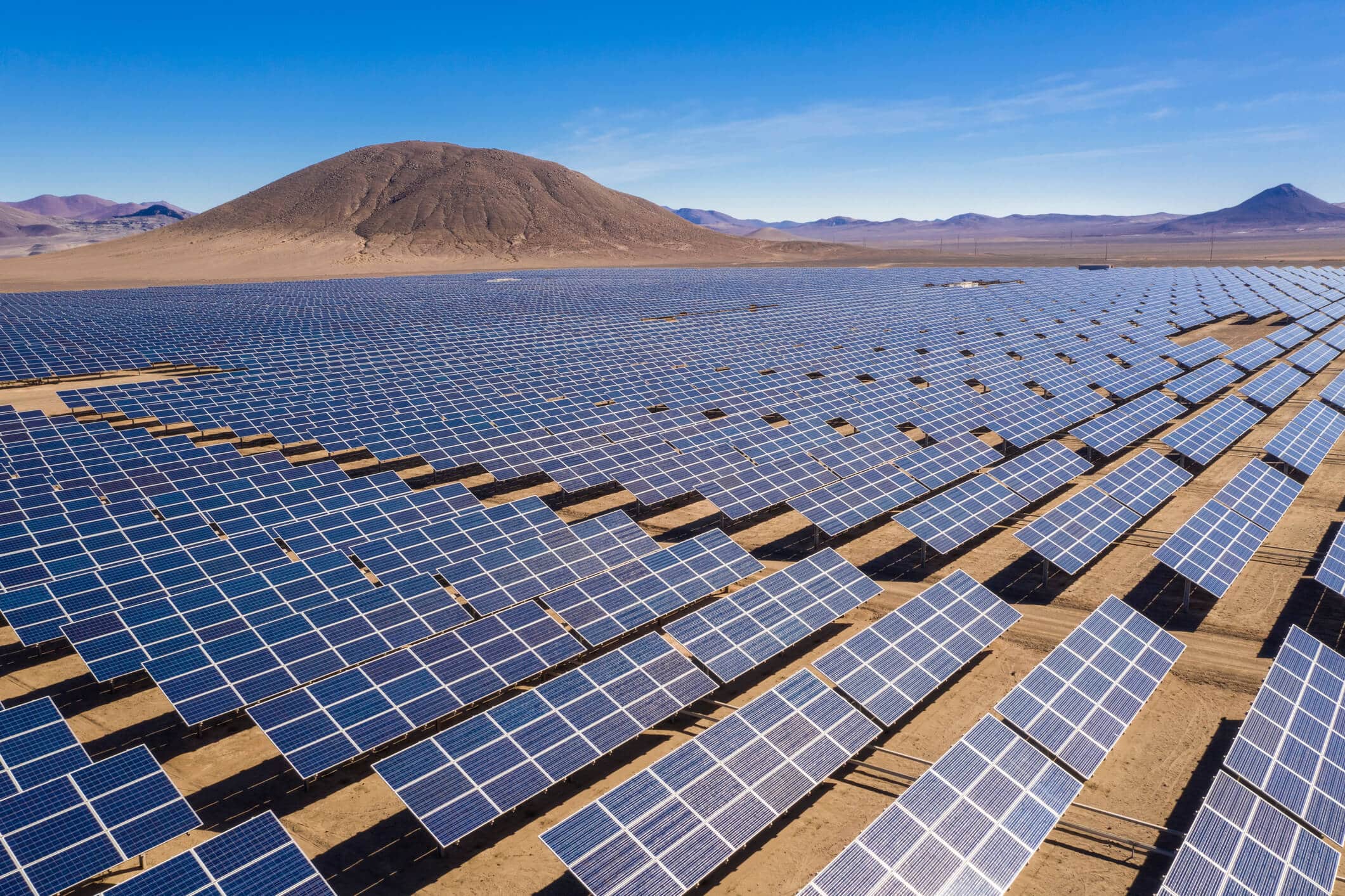
Common locations include well-known warmer places such as Hawaii, California, Nevada, Arizona, Georgia, and North Carolina. However, solar farms are beginning to show up in Vermont, Illinois, Oregon, Kansas, Oklahoma, New Jersey, and New York.
Did you know that the quantity of sunshine is not the only factor that makes a good place for a solar farm? Other factors like tax incentives, the state’s perceived value of solar, and the basic feasibility of the area and weather all contribute to whether or not solar farms will work well in that location. For example, solar systems near existing transmission infrastructure naturally take less energy, creating incentives to install solar power anywhere close to utility plants or substations.
Solar Farm Rate of return Factor #2: Land
Several other factors of the location make it either appealing or inappropriate for solar farms. The species of animals in the area, requirements of that county or jurisdiction, and any archeological significance of the land also affect whether or not it is a good location for a solar farm.
The cost of the land is also a major factor that has to be considered. Solar farms that fuel utilities usually require hundreds of acres, which could average $2.5 to $3M to buy or $250,000 to $300,000 to lease.
Solar Farm Rate of return Factor #3: Infrastructure
A solar farm of any scale requires several infrastructure components to work. Hardware components such as solar panels, an inverter, and racking are needed as well as electrical components such as combiners, disconnects, breakers, meters, and wires.
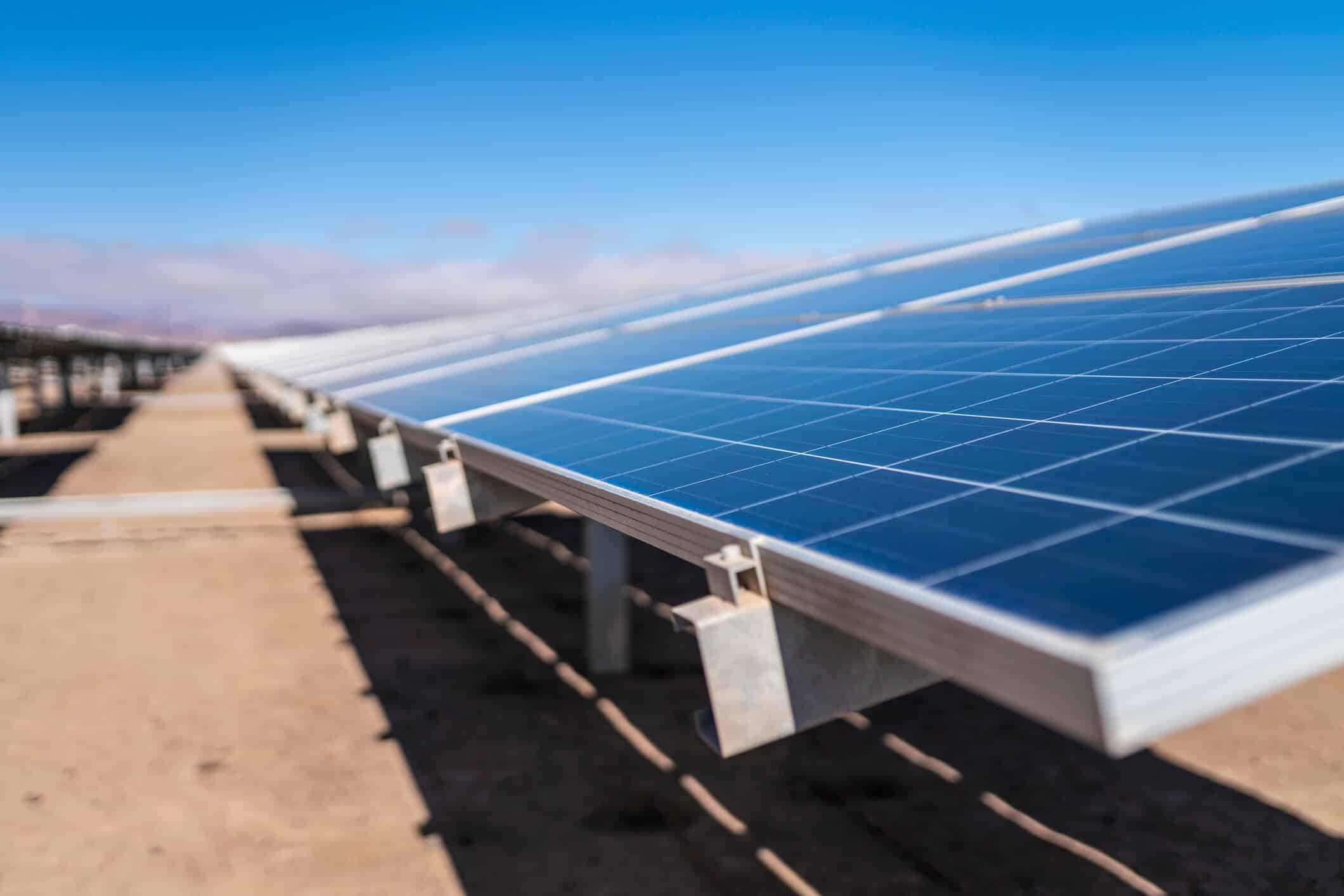
For this all to work together, you need partners to both manufacture, develop or procure the necessary components! The final costs required to manufacture and ship will directly affect your RoR. This leads us to the fourth factor: contracts.
Solar Farm Rate of return Factor #4: Contracts
Contracts play a very important role in the rate of return of a solar farm. You need contracts for your original land owner or person who is leasing you the land, and partners for development and manufacturing.
The contracts you need to develop a solar farm include both expense and revenue agreements like Power Purchase Agreements (PPAs) from utilities. You will need contracts for all your expenses–the parties you are purchasing from, as well as for revenue—anyone who is buying from you or who you are profit sharing with.
Your rate of return will be determined after all of your contracts are fulfilled.
Factor #5: Funding
The final factor determining a solar plant’s rate of return is the funding received from banks, hard money lenders, or investors.
Solar farm owners owe any funder, lender, or investor a percentage of cash for a designated amount of time. However, if a solar farm is privately funded by investors, returns come in higher and much more quickly than they could otherwise.
Through the Summit Power Fund, Shasta Power develops utility-scale solar farms that are fully funded by everyday accredited investors—not banks or third-party financers. This allows everyone involved to get the highest (and quickest) return possible.
The best way to invest in a solar farm
The average internal rate of return for owners on a utility-scale solar farm is 5-8%, which can equal over $5-$8M in revenue on a $100M project. This is an incredible payback, but it comes at a high cost.
As you can see, an incredible amount of risk is involved in building a solar farm. It requires experience, a network of knowledgeable individuals, and a lot of cash to begin. Starting a solar farm is daunting, to put it mildly.
This dilemma is exactly why we started the Summit Power Fund by Shasta Power. We wanted to make a way for accredited investors to invest in large-scale solar—but with a more attainable minimum investment of $50,000.
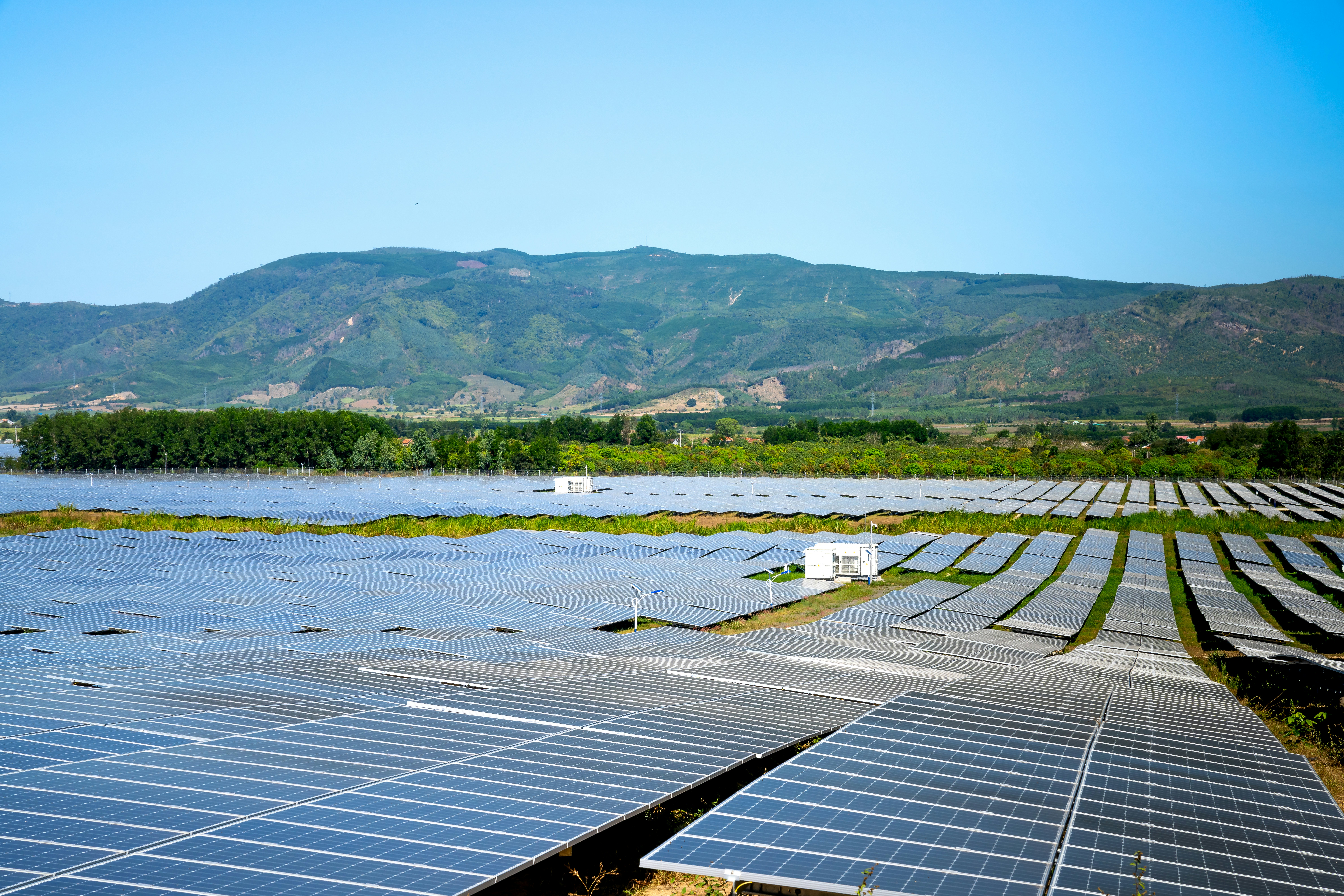

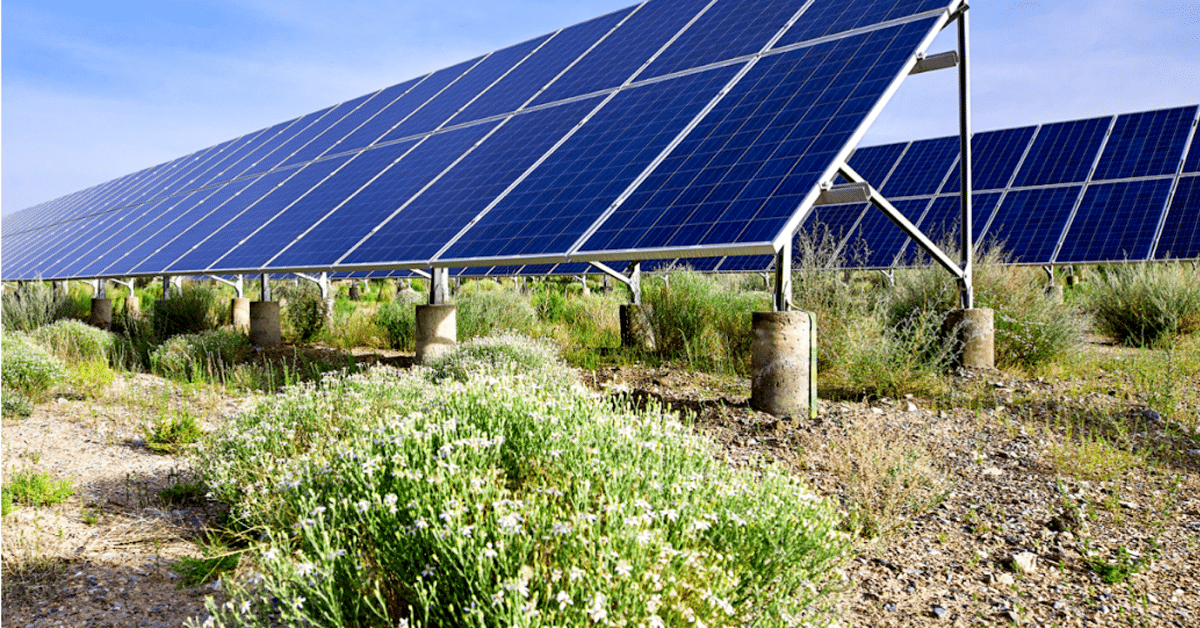
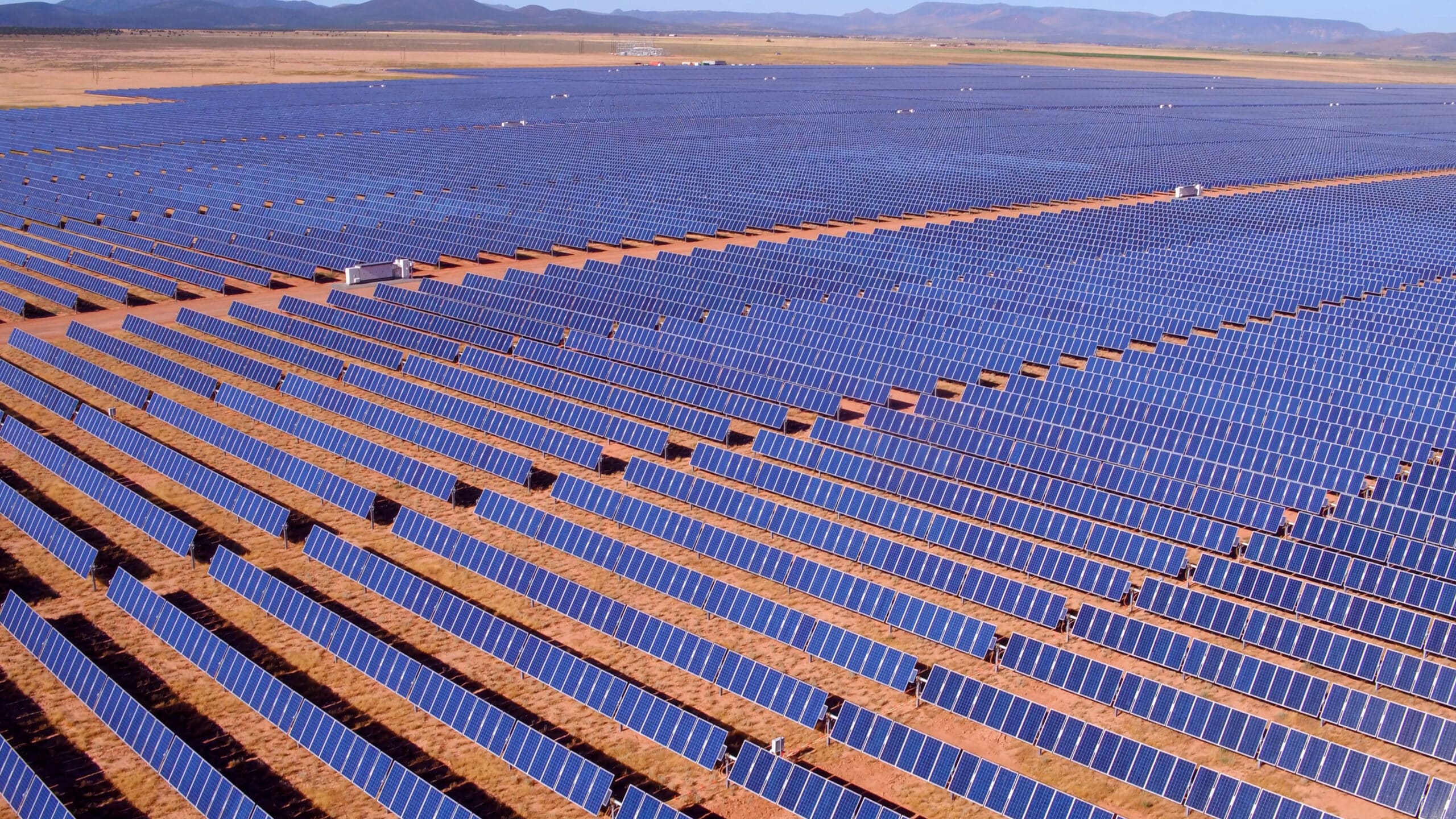
Interesting factors and useful information.